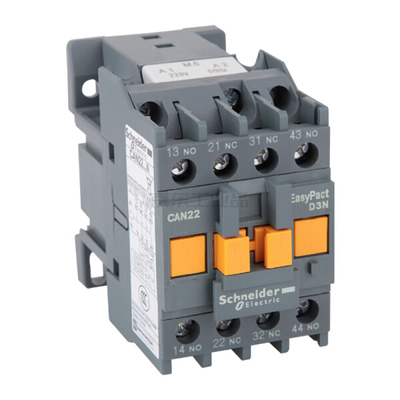
Relay control system is a common electrical control system used to control the switching, signal transmission and protection of various electrical equipment. It realizes the circuit switching and control function through the relay, and can convert the low voltage control signal into the high voltage and high current control signal, to realize the control of the electrical equipment.
There are a variety of wiring methods for relay control systems. The following describes some common wiring methods.
1. Direct wiring:
This method is suitable for situations where the control voltage and the controlled voltage are the same. The control signal is input through the control end of the DS1233Z-5 relay. When the control signal is effective, the contact of the relay is closed, and the power supply voltage is directly output to the controlled device to realize the control of the device.
2. Ac connection mode:
This method is suitable for controlling AC equipment. This is usually done using AC relays. Among them, the control end of the AC relay is connected to the control signal, and the contact of the relay is connected to the power line and the load line of the controlled device through additional wiring. When the control signal is effective, the contact of the relay is closed, and the power supply voltage is transmitted to the controlled device through the contact to realize the control of the device.
3. DC connection mode:
This method is suitable for controlling direct current equipment. This is usually done using DC relays. The control end of the DC relay is connected to the control signal, and the contact of the relay is connected to the positive and negative terminals of the controlled device through additional wiring. When the control signal is effective, the contact of the relay is closed, and the power supply voltage is transmitted to the controlled device through the contact to realize the control of the device.
4. Series connection:
This method is suitable for situations where multiple relays control a device at the same time. The control end of multiple relays is connected in series, and the control signal is input through the relay control end in series. When the control signal of any relay is effective, the contact of all relays is closed, and the power supply voltage is output to the controlled device to realize the control of the device.
5. Parallel connection mode:
This method is suitable for situations where multiple relays control multiple devices at the same time. The control ends of multiple relays are connected in parallel, and the control signal is input through the control end of the relay in parallel. When the control signal of any relay is effective, the contact of the relay is closed, and the power supply voltage is output to the controlled device to realize the control of the device.
The wiring mode of the relay control system is not only affected by the control signal and the voltage type of the controlled device, but also by the specific application scenario and requirements. In practical applications, it is necessary to select the appropriate wiring mode according to the specific situation, and follow the relevant electrical safety codes and standards for design and installation.
The Products You May Be Interested In
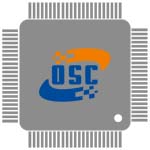 |
AMI-M11O-1-6-B | LINE FILTER 250VAC 6A CHASS MNT | 288 More on Order |
 |
AMI-27B-25-6 | LINE FILTER 250VAC 25A CHASS MNT | 349 More on Order |
 |
AMI-29-1-3 | LINE FILTER 110/250VAC 1A CHAS | 453 More on Order |
 |
AMI-29A-20-3 | LINE FILTER 110/250VAC 20A CHAS | 490 More on Order |
 |
AMI-29-30-6 | LINE FILTER 110/250VAC 30A CHAS | 334 More on Order |
 |
AMI-29B-20-6 | LINE FILTER 110/250VAC 20A CHAS | 220 More on Order |
 |
AMI-26A-16-3 | LINE FILTER 250VAC 16A CHASS MNT | 427 More on Order |
 |
AMI-M12E-3-3-A | LINE FILTER 250VAC 3A CHASS MNT | 228 More on Order |
 |
AMI-29B-10-3 | LINE FILTER 110/250VAC 10A CHAS | 166 More on Order |
 |
AMI-M12R-3-10-B-1 | LINE FILTER 250VAC 3A CHASS MNT | 209 More on Order |
 |
AMI-B11C-13-1-B-1 | LINE FILTER 250VAC 1A CHASS MNT | 309 More on Order |
 |
AMI-M11P-1-10-B-2 | LINE FILTER 250VAC 1A CHASS MNT | 204 More on Order |
 |
AMI-26A-6-3 | LINE FILTER 250VAC 6A CHASS MNT | 190 More on Order |
 |
AMI-M11D-1-1-B-2 | LINE FILTER 250VAC 1A CHASS MNT | 201 More on Order |
 |
AMI-29B-1-3 | LINE FILTER 110/250VAC 1A CHAS | 445 More on Order |
 |
AMI-21A-16-3 | LINE FILTER 250VAC 16A CHASS MNT | 469 More on Order |
 |
AMI-21B-1-3 | LINE FILTER 250VAC 1A CHASS MNT | 166 More on Order |
 |
AMI-21A-12-1 | LINE FILTER 250VAC 12A CHASS MNT | 103 More on Order |
 |
AMI-27-36-6 | LINE FILTER 110/250VAC 36A CHASS | 338 More on Order |
 |
AMI-M12Y-1-20-D | LINE FILTER 250VAC 20A CHASS MNT | 234 More on Order |
 |
AMI-21B-20-1 | LINE FILTER 250VAC 20A CHASS MNT | 279 More on Order |
 |
AMI-22-6-3 | LINE FILTER 250VAC 6A CHASS MNT | 114 More on Order |
 |
AMI-M11J-1-2-B-2 | LINE FILTER 250VAC 2A CHASS MNT | 433 More on Order |
 |
AMI-21-6-3 | LINE FILTER 250VAC 6A CHASS MNT | 308 More on Order |

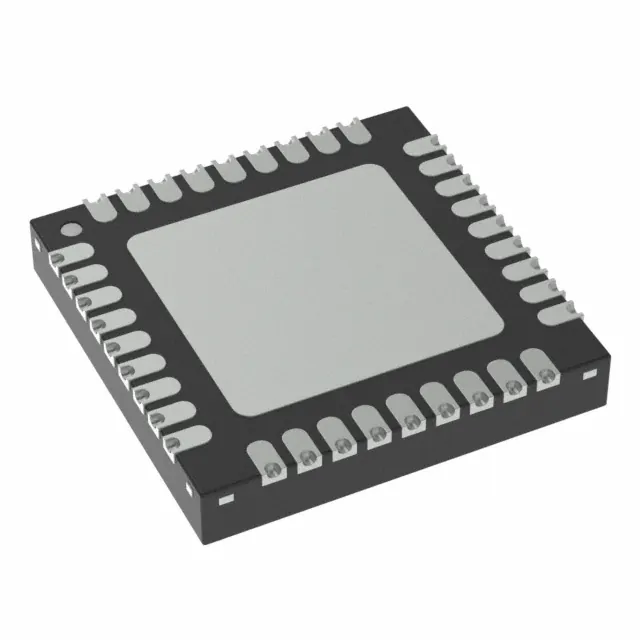 Semiconductors
Semiconductors









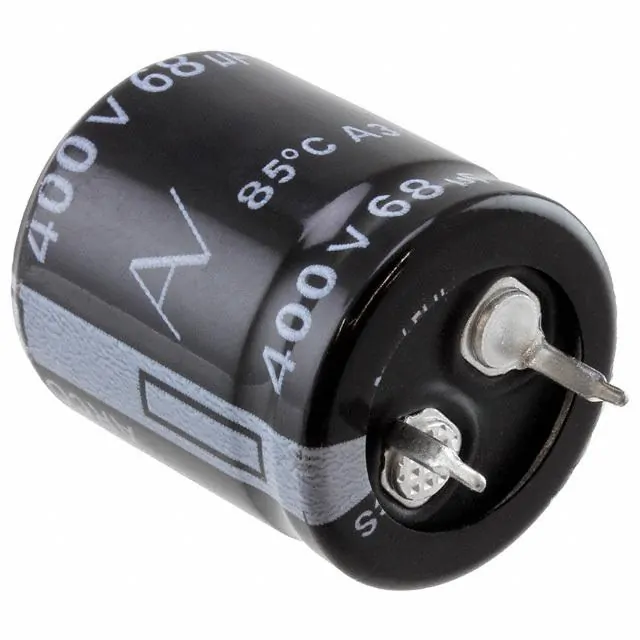 Passive Components
Passive Components









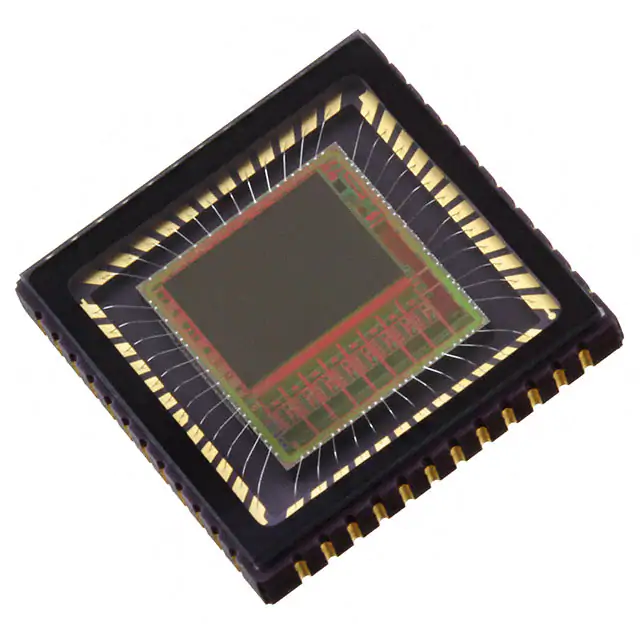 Sensors
Sensors








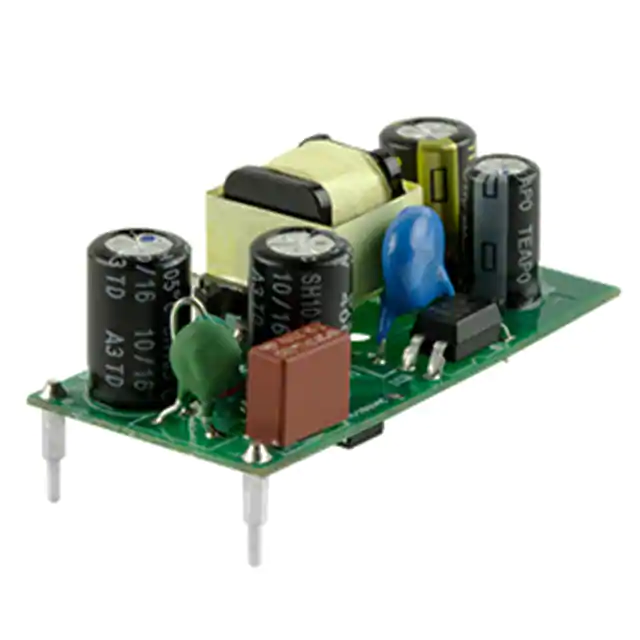 Power
Power









 Optoelectronics
Optoelectronics








